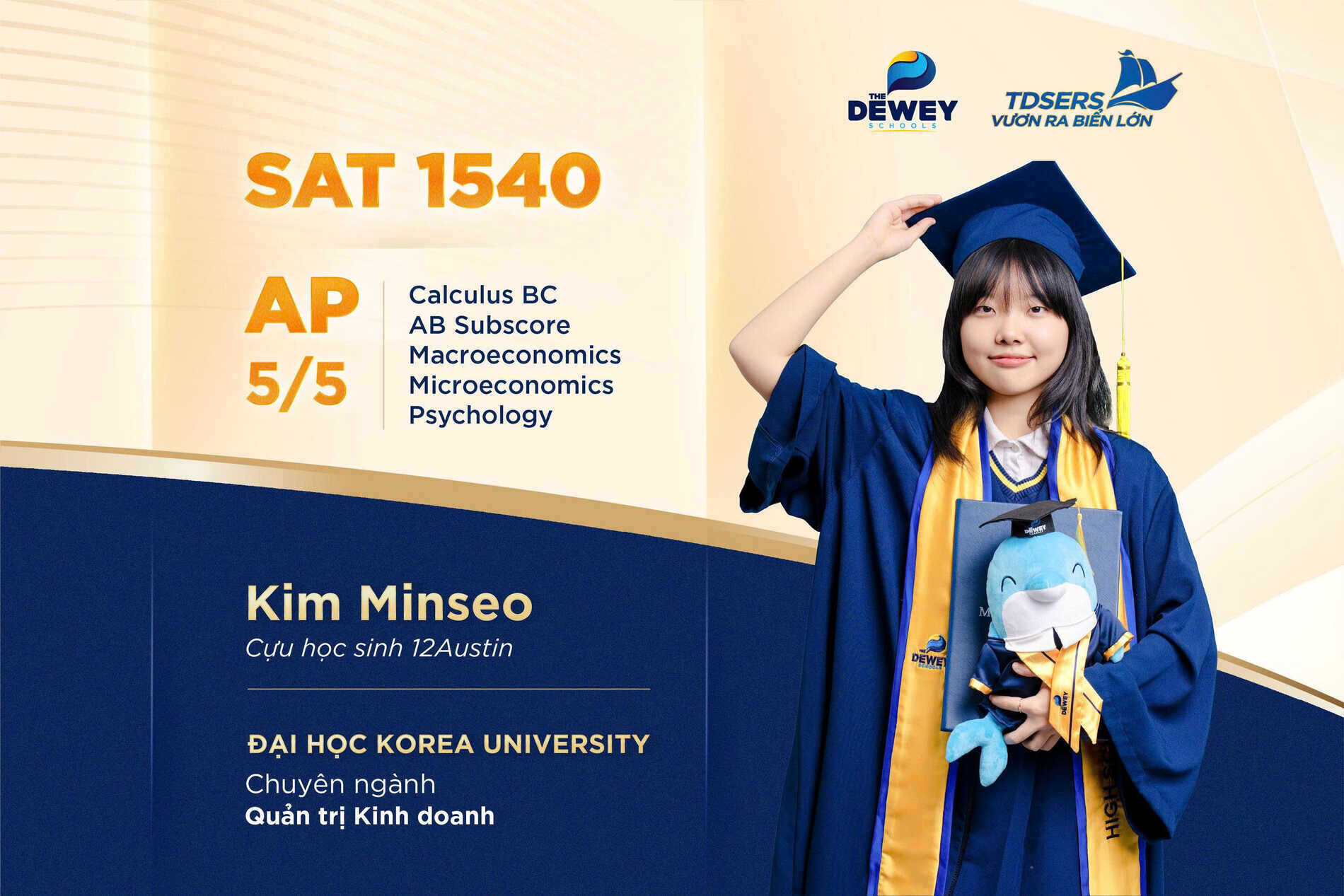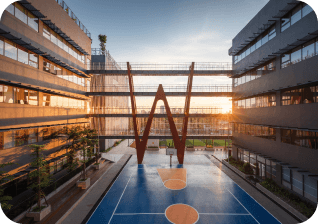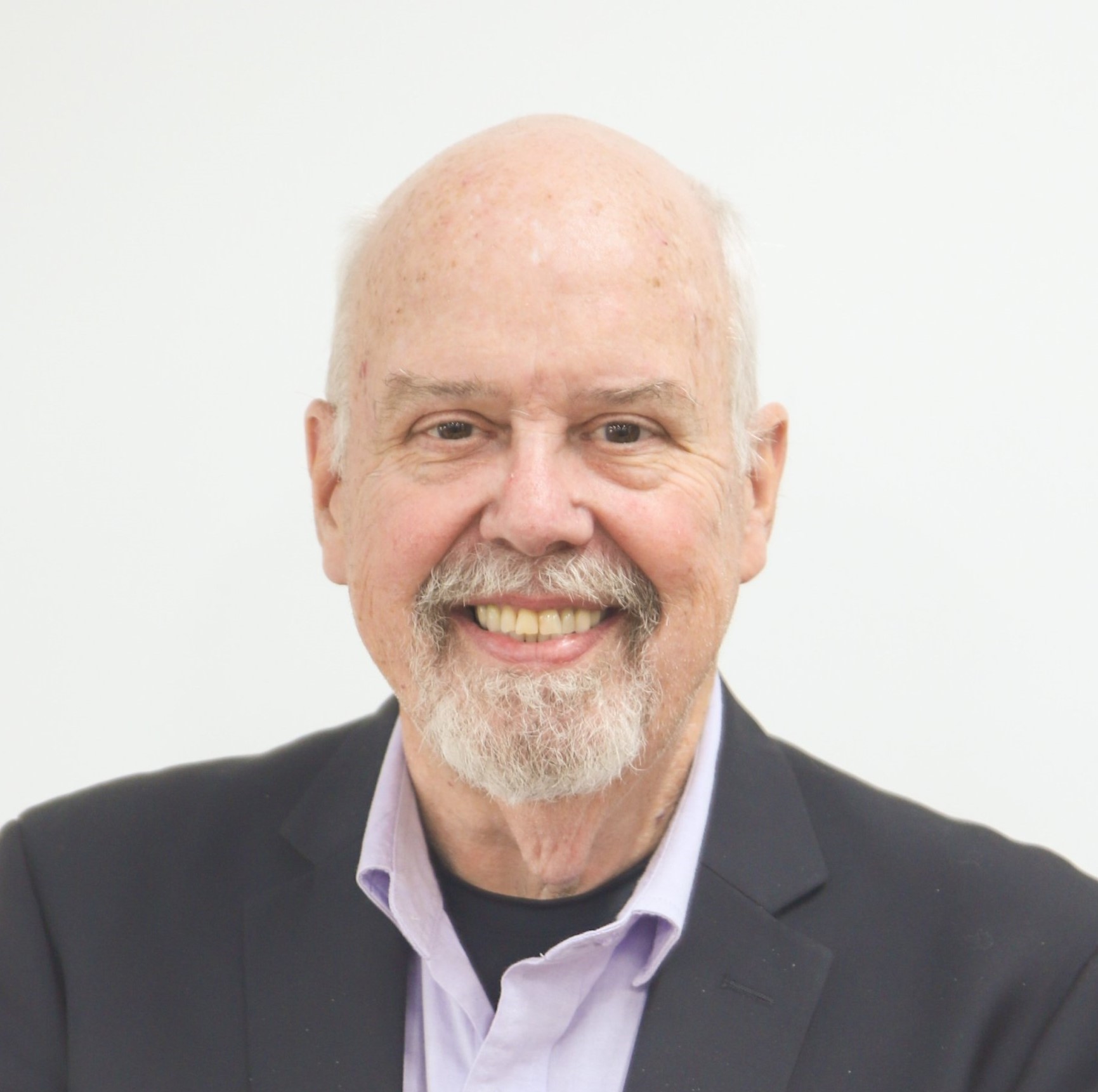How can stage actors convey emotions and messages without words? What kind of theatrical magic can body movement create? These intriguing questions were brought to life by students of class 8Ruse at The Dewey Schools through an engaging lesson on Biomechanics, a key component of their Performing Arts curriculum.
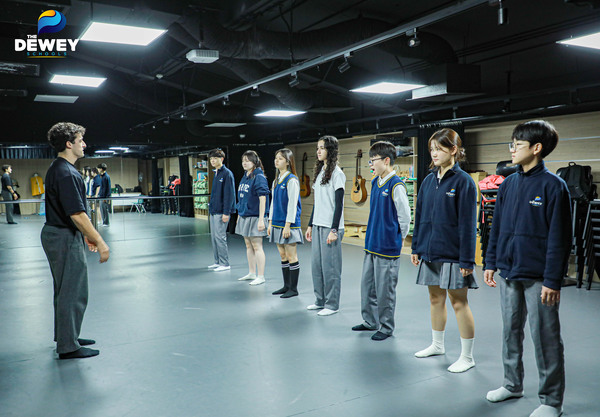
Biomechanics, developed by Russian theater director and theorist Vsevolod Meyerhold, is a movement-based approach that enables actors to express emotions and narratives through physicality. According to Mr. Daniel McColgan, Drama teacher at Dewey, in addition to exploring sound, lighting, and musical coordination in theater, students are introduced to Biomechanics to familiarize themselves with essential stylized movements.

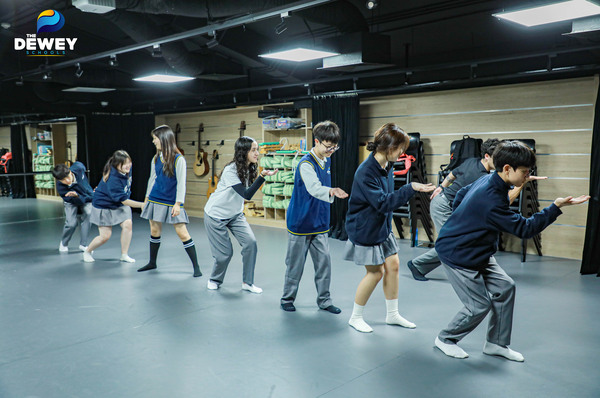
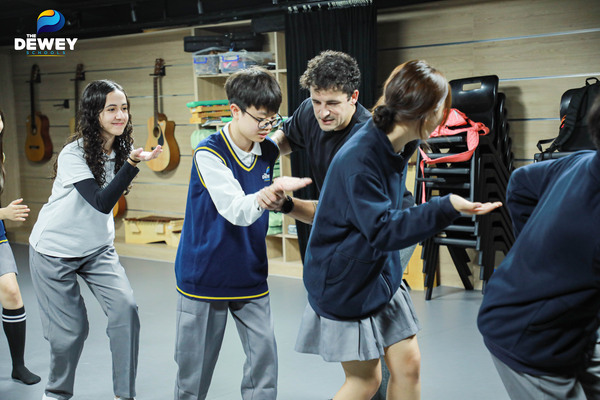
The Performing Arts classroom buzzed with energy as students immersed themselves in continuous motion. As they attempted the exercises for the first time, many struggled with balance, some even tumbling to the floor. Yet, rather than feeling discouraged, laughter filled the room as they enthusiastically got back up and tried again. “Currently, the students are practicing a fundamental movement sequence called ‘throwing stone.’ While it looks simple, it is quite challenging as it requires isolating different parts of the body to create precise movements. I usually divide the class into small groups, allowing students to practice, observe, and refine each other’s movements. I also join each group to provide direct feedback to every student,” Mr. Daniel shared.
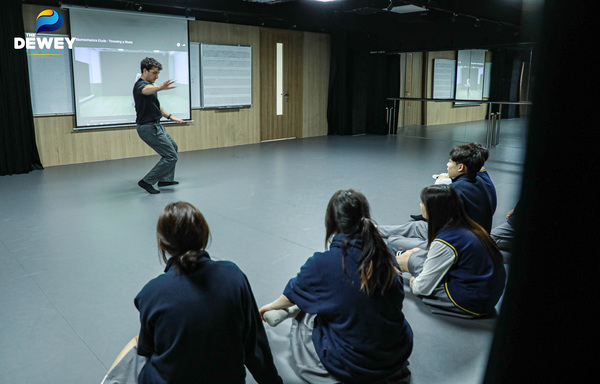
Ellen Silva De Oliveira (8Ruse) was particularly excited about the lesson. She and her classmates had proactively researched biomechanics beforehand. “It may seem abstract, but biomechanics is widely applied in ballet and mime. By mastering body balance and inertia, a ballet dancer can execute graceful spins and leaps while minimizing strain on the spine. In mime, the principles of Otkaz (preparation), Porsyl (action), and Tormos (pause) bring movements to life—whether pulling an invisible rope or pushing an imaginary wall,” Ellen explained.
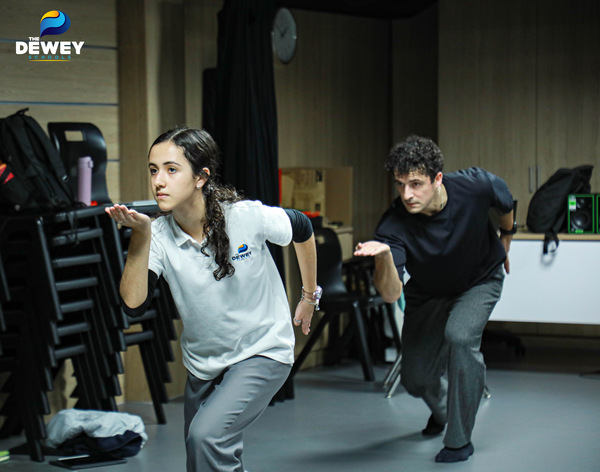
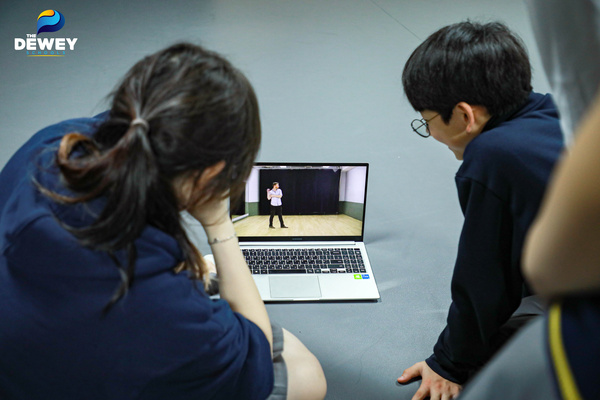
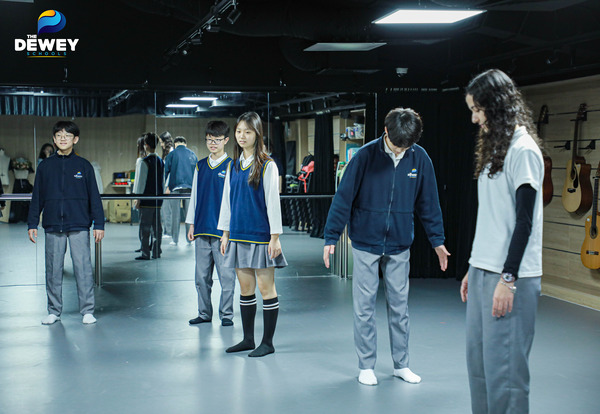
Beyond refining stage presence, biomechanics offers unexpected benefits. “Memorizing movements while maintaining balance is a real challenge. At first, my legs felt sore, but I believe that with practice, my body will become more flexible. I also learned that biomechanics techniques enhance physical performance and reduce the risk of sports injuries,” shared Kim YeRok (8Ruse).
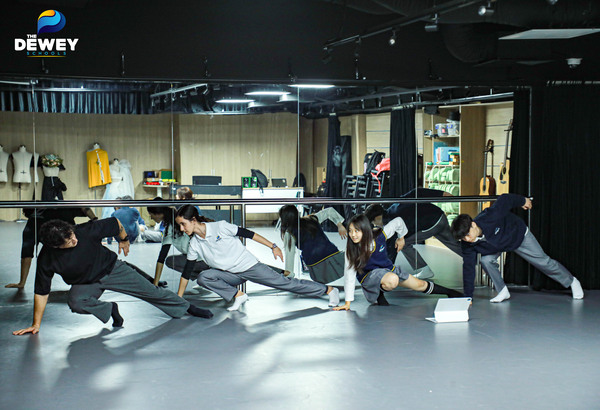
Performing Arts is one of seven integrated subjects transferred from Mount Vernon School (MVS), ranked among the top 10 most innovative schools in the United States. Unlike traditional singing and dancing classes, this course provides students with opportunities to explore artistic expression, develop performance skills, and nurture creative thinking across various disciplines, including musical theater, stage management, composition, orchestration, acting, and storytelling through movement.
